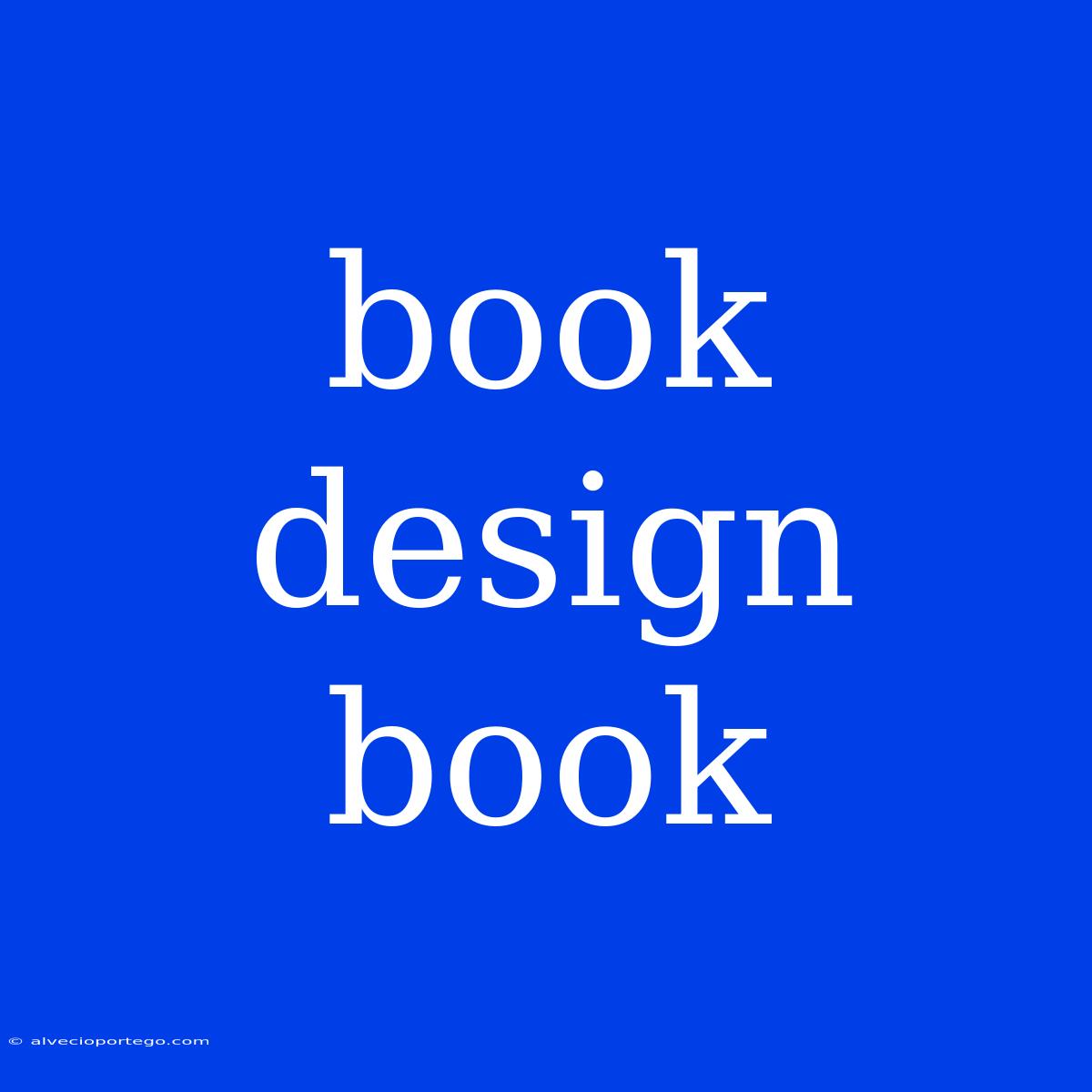The Art of Book Design: A Journey Through Cover to Content
Book design is more than just pretty pictures and fancy fonts. It's a carefully crafted interplay of visual elements that work in harmony to create a captivating and engaging reading experience. From the moment a reader lays eyes on a book, the design speaks volumes, influencing their perception of the story within.
The First Impression: The Cover
The cover is a book's first and most crucial design element. It must not only visually represent the story, but also capture the reader's attention amidst the sea of books on a shelf.
Key elements of a successful cover design:
- Typography: A font that reflects the book's genre and tone. A fantasy novel might feature a bold, ornate font, while a thriller might utilize a sleek, modern typeface.
- Imagery: A captivating image that evokes the story's themes, setting, or mood.
- Color scheme: Colors that are consistent with the story's overall aesthetic and create the desired emotional response.
- Layout: A well-balanced arrangement of text and visuals that guides the reader's eye and highlights key information.
Beyond the Cover: Inside the Book
The interior design of a book is equally important in shaping the reader's experience.
Elements of interior book design:
- Page layout: The arrangement of text and images on each page, including margins, line spacing, and font size. A well-designed layout enhances readability and visual appeal.
- Typography: The choice of fonts for body text, headings, and other elements should ensure comfortable reading.
- Illustrations: Whether they are simple sketches or full-color artwork, illustrations can enhance the reader's understanding of the story and create a more immersive experience.
- Spacing and formatting: The use of white space, headings, subheadings, and bullet points helps break up text and guide the reader's eye.
The Role of the Book Designer
Book designers are visual storytellers. They collaborate with authors and publishers to create a design that reflects the story's essence and resonates with the target audience.
Responsibilities of a book designer:
- Conceptualization: Developing the overall design concept for the book.
- Cover design: Creating a compelling cover that attracts readers and reflects the story's essence.
- Interior design: Designing the book's layout, typography, and illustrations.
- Production: Working with printers to ensure the book's high-quality printing and binding.
The Power of Good Book Design
A well-designed book not only enhances the reading experience but also contributes to its success. A captivating cover can spark interest, while a thoughtfully crafted interior layout can help readers fully engage with the story. In an increasingly competitive book market, effective design is a valuable tool for authors and publishers alike.
Here are some additional resources to learn more about book design:
- The Society of Illustrators: A professional organization for illustrators, offering resources and information about book illustration.
- The American Institute of Graphic Arts (AIGA): A professional organization for designers, with a focus on design education and career development.
- Book Design Reviews: Online publications that review and critique book designs.
By understanding the principles of book design, readers can better appreciate the artistry and craft behind their favorite books, while aspiring authors and publishers can leverage design to create compelling and engaging reading experiences.

